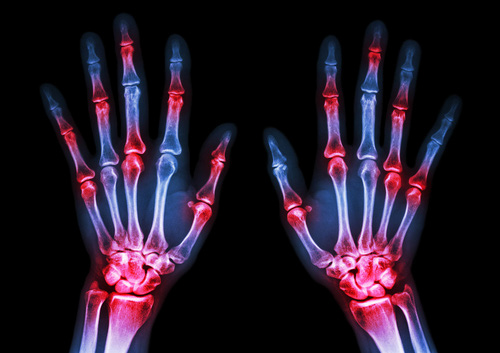
Researchers at the Dana-Farber Cancer Institute have developed what they term a “breakthrough method” to detecting inflammation in the body using positron emission tomography (PET) imaging. The novel approach uses a specially designed probe that targets CD45, a protein marker present on all immune cells, to provide clear images, in real time, of immune system organs, such as bone marrow, the spleen, and lymph nodes and can show inflammation in affected organs, such as the colon.
The findings, published in Nature, could have widespread clinical applications in diagnosing and monitoring conditions ranging from autoimmune diseases to cancer.
The PET probe, developed by the Dana-Farber team, has shown it can detect inflammation with high sensitivity and specificity. Unlike existing PET imaging methods such as 18F-fluorodeoxyglucose (18F-FDG), which is prone to false positives due to its uptake by glucose-avid cells, CD45-PET offers a more precise approach by specifically targeting immune cells.
“CD45-PET allows us to visualize inflammation with unparalleled accuracy, distinguishing it from other metabolic activities in the body,” the researchers wrote. This method could lead to earlier diagnoses and more effective management of inflammatory diseases, particularly where inflammation plays a central role, such as in cardiovascular diseases, cancer, and autoimmune disorders.
The CD45-PET probe works by targeting the CD45 protein, which is found on all nucleated immune cells but absent from other cell types. This makes the probe is highly selective for immune system activity, providing a non-invasive means of monitoring inflammation. In disease models of inflammatory bowel disease (IBD) and acute respiratory distress syndrome (ARDS), CD45-PET clearly identified the location and severity of inflammation. “In the IBD colitis model, for example, CD45-PET provided a reliable readout of disease activity, correlating with both histological findings and clinical symptoms,” the researchers noted.
One of the key advantages of CD45-PET over existing imaging methods is its versatility. While other PET probes are limited in the range of immune processes they can detect, CD45 is expressed across various immune cell types, allowing the probe to monitor a wide array of inflammatory conditions. Further, CD45-PET can provide valuable insights into how inflammation changes over time, which can make it a meaningful analytical tool for longitudinal studies and treatment monitoring. Using this approach, the researchers were able to track inflammation in real-time and monitor how inflammation responded to treatment, which offers new possibilities for the development of personalized medicine, the researchers added.
Based on the early results in animal models, the team has developed a human version of the CD45-PET probe and tested it in humanized mice. The results suggest that CD45-PET could be just as effective in humans, with the potential to detect inflammation early and guide therapeutic decisions.
This imagining method could also improve the diagnosis and management of conditions like graft-versus-host disease (GVHD), a serious complication following bone marrow transplants. In animal models, the human CD45-PET probe successfully detected the disease’s onset and tracked its progression, providing precise localization of inflammation.
The clinical implications of CD45-PET extend beyond disease detection. It could also be used to guide treatment decisions. For example, in cancer, where inflammation can influence tumor behavior, CD45-PET may help clinicians assess the effectiveness of anti-inflammatory treatments or immunotherapies. Similarly, it could monitor the response to therapies in diseases like IBD, offering a more reliable way to measure treatment outcomes than current methods.
The researchers noted that CD45-PET has some limitations. First, because it targets all immune cells, it cannot differentiate between specific subsets of immune cells, which may be important in some diseases. Also, the resolution of PET imaging could limit its ability to detect very small areas of inflammation. Nevertheless, CD45-PET represents a significant step forward in the ability to visualize and monitor inflammation in a variety of diseases.
The team is now working to initiate clinical trials to validate the human CD45-PET probe, a step that could bring it closer to use in the clinical setting. “Once clinically validated, CD45-PET could revolutionize the way we diagnose and treat inflammation-based diseases, providing a non-invasive, reliable tool for tracking inflammation across the body,” the team concluded.









![Best Weight Loss Supplements [2022-23] New Reports!](https://technologytangle.com/wp-content/uploads/2022/12/p1-1170962-1670840878.png)




